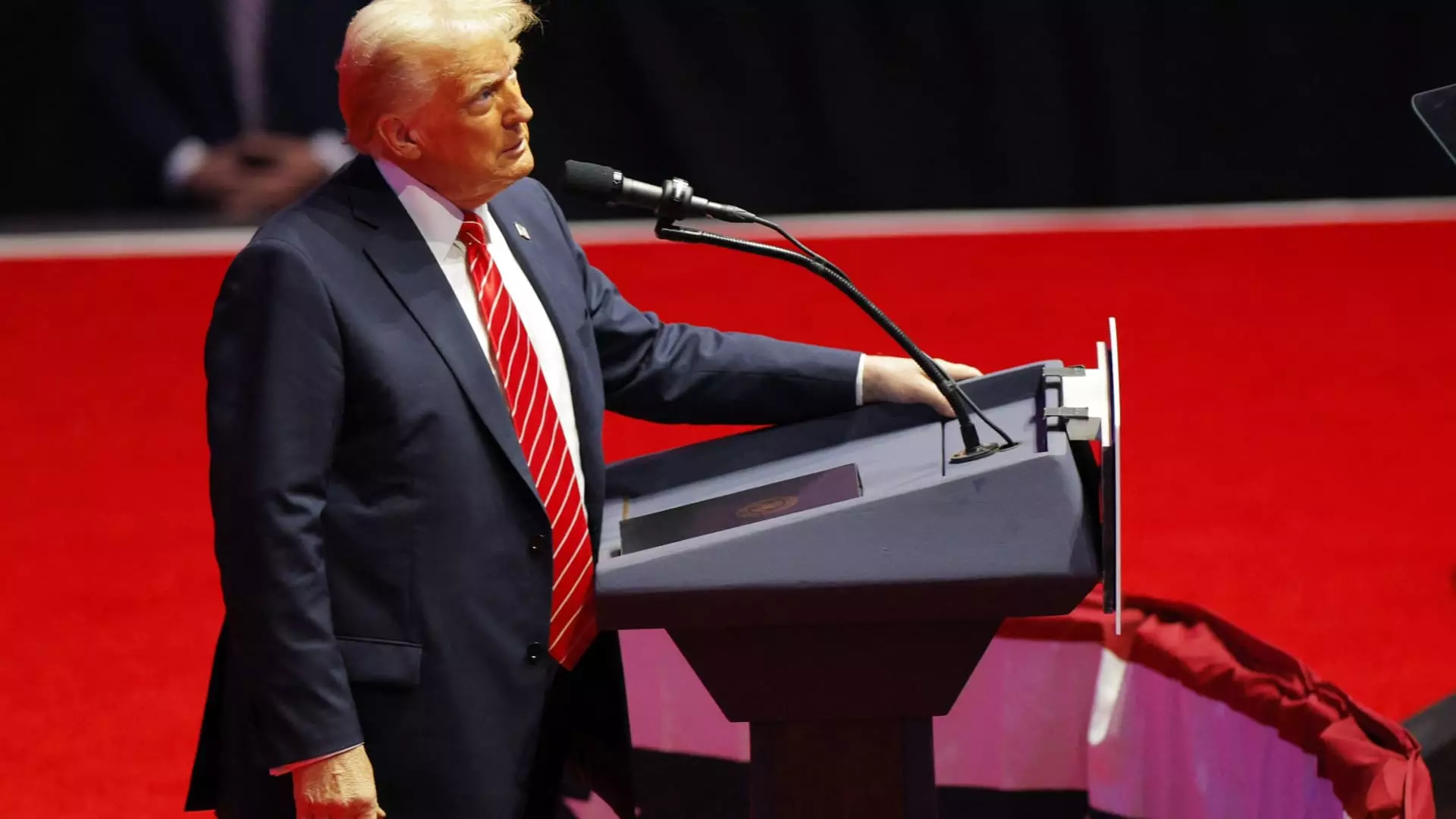Upon his ascendance to the presidency, Donald Trump was anticipated to initiate significant changes to U.S. trade policies almost immediately. Observers expected a barrage of executive orders aimed at reshaping the nation’s economic interactions with key trading partners. However, surprising insights from the Wall Street Journal suggested that the immediate imposition of tariffs would not be part of Trump’s actions post-inauguration. Rather than imposing direct duties, Trump is likely to release a broad trade memorandum designed to assess and analyze existing trade practices, particularly in relation to nations like China, Canada, and Mexico.
In the wake of these revelations, Trump’s strategy appears to emphasize understanding and evaluating unfair trade practices rather than jumping to conclusions that could prompt retaliation from U.S. trading partners. This memorandum signals a shift from the more aggressive, tariff-heavy approach Trump championed during his campaign. By directing federal agencies to investigate currency policies and unfair practices, the forthcoming memorandum may lay the groundwork for a more composed, albeit scrutinous, view of America’s trade dynamics. This hands-on approach could indicate an intention to balance the rhetoric of the campaign with the complex realities of international trade.
Despite the immediate absence of tariffs, discussions among Trump’s team reportedly involve a staggered system of tariffs that could see rates rising incrementally by 2% to 5%. Sources from Bloomberg News hinted at this evolving approach, which contrasts sharply with Trump’s previously proposed blanket tariffs of 20% on imports and a staggering 60% on Chinese goods. These discussions imply that while aggressive measures may not be imminent, they are certainly being considered as part of a larger, strategic trade vision. This pivot could suggest a pragmatic approach aimed at preserving relationships while also addressing the domestic economic concerns that propelled Trump to the presidency.
The ramifications of Trump’s trade policy decisions could extend beyond immediate tariffs to influence the U.S. economy in significant ways. Economists expressed concerns that overly protectionist measures could lead to increased production costs, ultimately passing those costs onto consumers, exacerbating inflationary pressures just as the global economy begins to stabilize post-pandemic. The delicate balance between protecting American industries and ensuring affordable goods for consumers will be a critical component in the shaping of this administration’s trade policies.
As Donald Trump prepares to take office, the anticipated trade policy initiatives reflect a careful calibration between aggressive rhetoric and measured actions. While the Trump administration seems poised to embark on a thorough evaluation of trade practices, the intent to implement graduated tariffs coupled with a focus on analysis rather than immediate punishment indicates a potential move toward a more nuanced approach in international trade matters. As the administration sets its course, the world will closely evaluate how these changes could reshape America’s economic role on the global stage.

